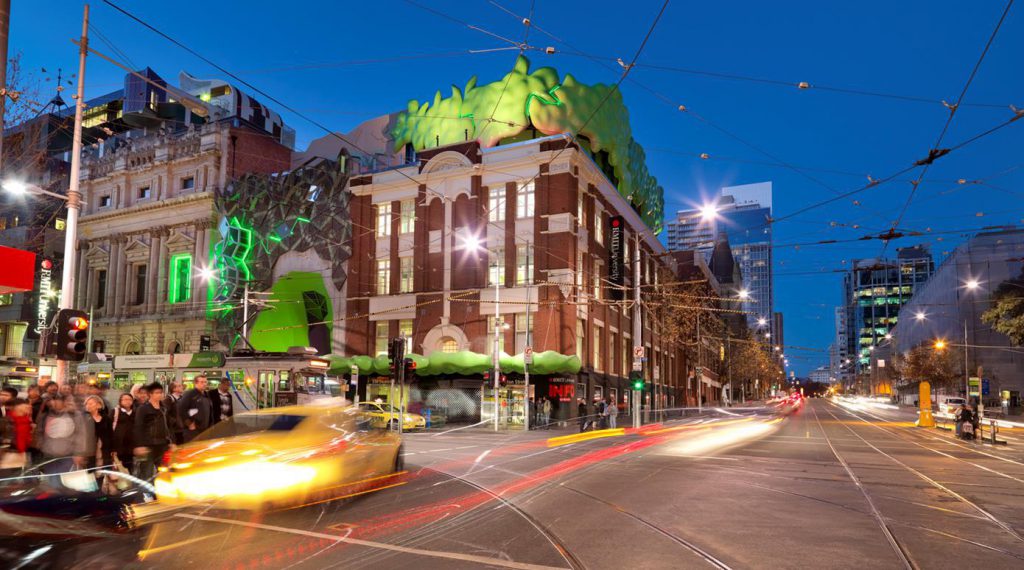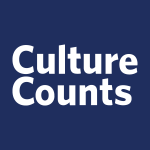How do we understand the contribution of the arts to economic growth and public value? In what ways do the arts contribute to social cohesion, community development and urban regeneration? Are there new ways we can measure the outcomes of cultural activity?
Held at RMIT Melbourne last week, the 20th International Conference on Cultural Economics brought together professionals, arts practitioners, policymakers, arts administrators and academics to discuss the ways arts and culture are valued, presenting frontier methodologies in cultural economics to address these prevailing questions.
In a session chaired by Arjo Klamer of Erasmus University, Culture Counts Director Georgia Moore outlined the way arts organisations can measure the cultural, social and economic value they create for their communities. Using a common language to measure quality and outcomes enables programs to be compared to identify where impact is maximised and where improvements can be made. When funders support or encourage broad use amongst grant recipients, really valuable sector-wide insights emerge from the big data set, including trends across artform categories and demographics. Generating a rigorous and transparent evidence base helps to communicate the important value of the arts in a way that resonates with many different stakeholders.
In this session, John Smithies of the Cultural Development Network (CDN) also presented a schema of measurable economic outcomes of cultural activity. This type of data is increasingly demanded by funding bodies and decision-makers to ensure responsible use of public funds and best practice decision-making.


